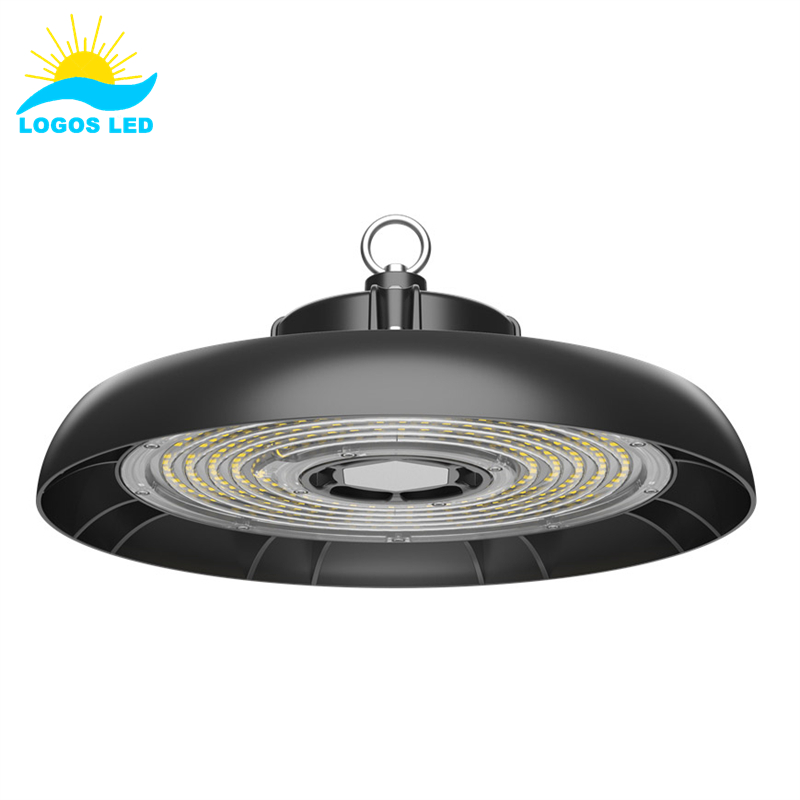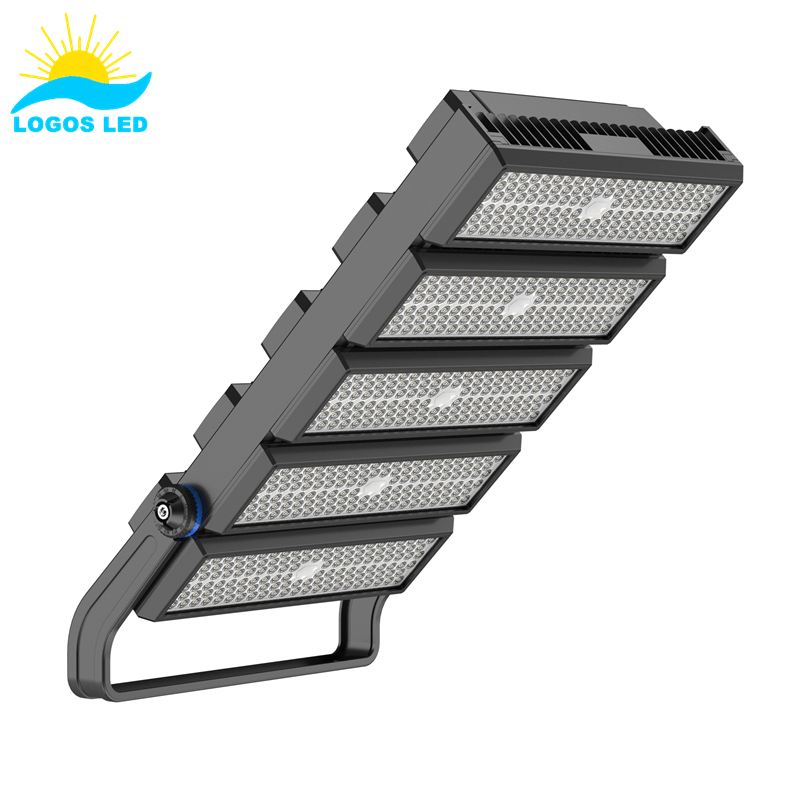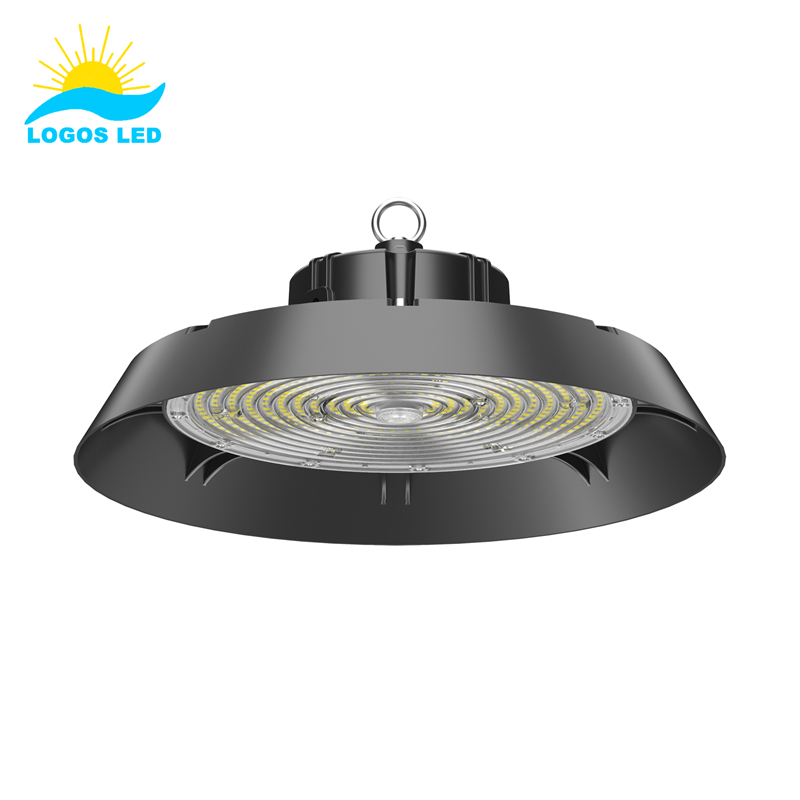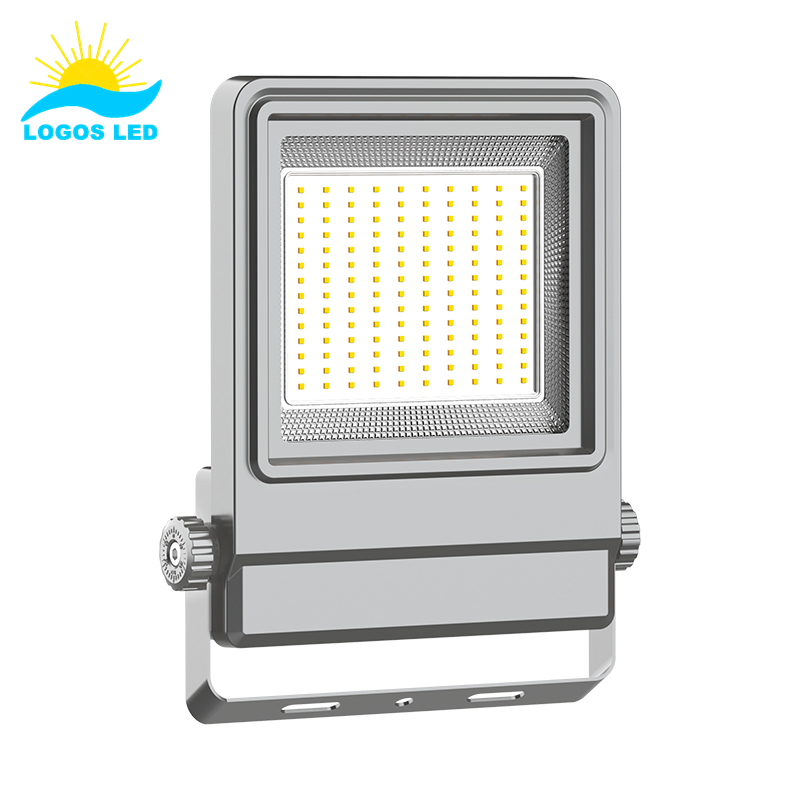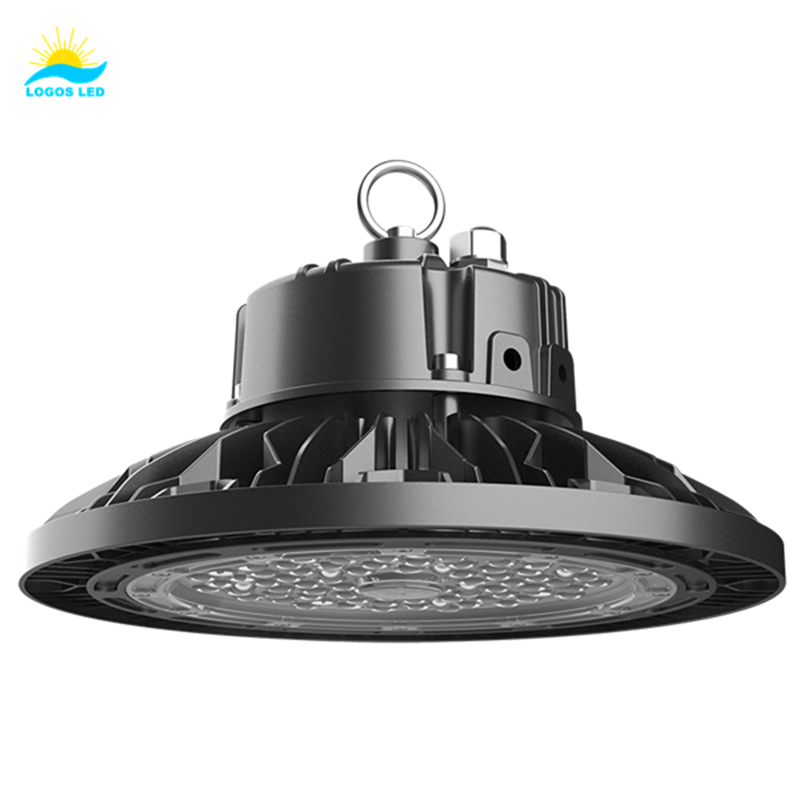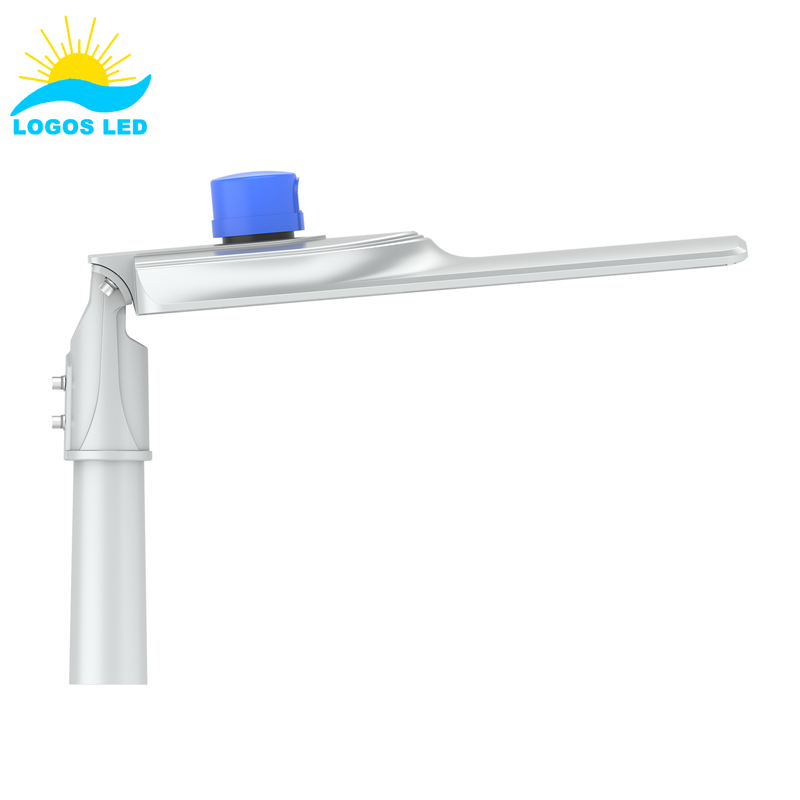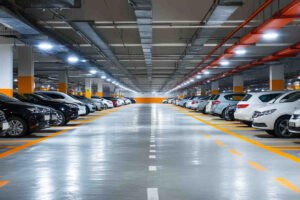Street lighting is pivotal for urban safety and energy conservation. Yet, cities often grapple with challenges such as elevated energy costs and inefficient lighting systems. Inadequate street lighting control can exacerbate these challenges, leading to escalated costs and unnecessary energy consumption. This article aims to assist you in selecting the optimal street lighting control system for your city, which promises enhanced energy efficiency, improved lighting quality, and superior safety.
Selecting the ideal street lighting control system is crucial for harmonizing energy efficiency, safety, and operational expenses. An effective system enables cities to curtail energy usage, reduce maintenance costs, and bolster visibility for citizens. Options for street lighting controls range from simple to advanced, including traditional switches, photocells, timer dimming, intelligent dimming with smart controllers, motion sensors, and wireless communication technologies. Traditional switches, while straightforward, often fall short on efficiency. Photocells contribute to energy savings by adapting lighting based on natural daylight. Timer dimming is effective during less busy hours to save energy, whereas intelligent dimming adapts more dynamically for optimal efficiency. Motion sensors not only save energy but also improve safety by reacting to movement, and wireless systems offer comprehensive, real-time management. The selection will depend on your city’s budget, existing infrastructure, and specific control requirements.
To deepen your understanding of enhancing street lighting control in your city, keep reading. We will delve into the best options available and provide guidance on securing lasting advantages.
Table of Contents
Advantages of Street Lighting Controls
Street lighting controls bring several significant advantages that boost both efficiency and safety in urban environments. A primary benefit is the reduction in energy usage. Through intelligent controls, streetlights can be dimmed or switched off when unnecessary, thereby cutting down on electricity use and decreasing expenses. For instance, these systems can automatically adapt lighting based on variations in traffic density, weather changes, or different times of the day.
Moreover, street lighting controls contribute to enhanced safety and security. These systems ensure consistent illumination in busy areas and can automatically detect and report any operational faults. Should a malfunction occur, immediate alerts are sent to maintenance crews, which facilitates rapid repairs and minimizes streetlight downtime. This not only promotes public safety but also helps cities manage their lighting infrastructure more effectively, leading to extended lifespans of the lighting units and reduced long-term maintenance costs.
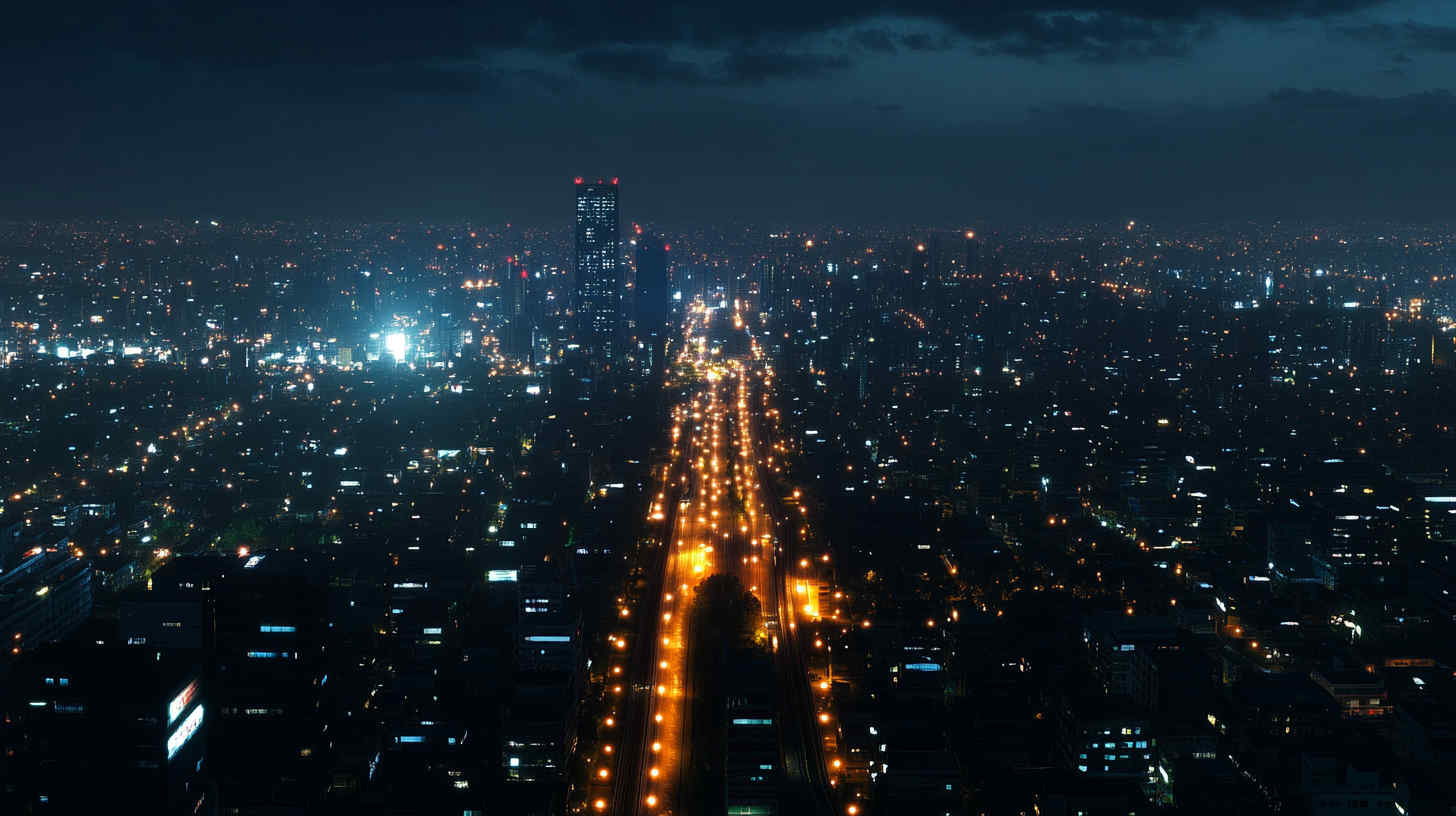
Varieties of Street Lighting Controls
Street lighting controls vary widely, offering different degrees of automation and energy efficiency. Here is a breakdown of some common types:
Traditional Switches
Traditional switches represent the most basic type of street lighting control. They rely on a straightforward on/off mechanism, usually operated manually. While they are economical, they lack automation features and do not contribute to energy savings or offer operational flexibility.
Photocells (Dusk to Dawn)
Photocells are sensors that automatically activate streetlights at dusk and deactivate them at dawn, adapting to the natural light conditions. This functionality ensures that lighting is used only when necessary, aiding in energy conservation. However, photocells do not offer advanced features like dimming or system monitoring.
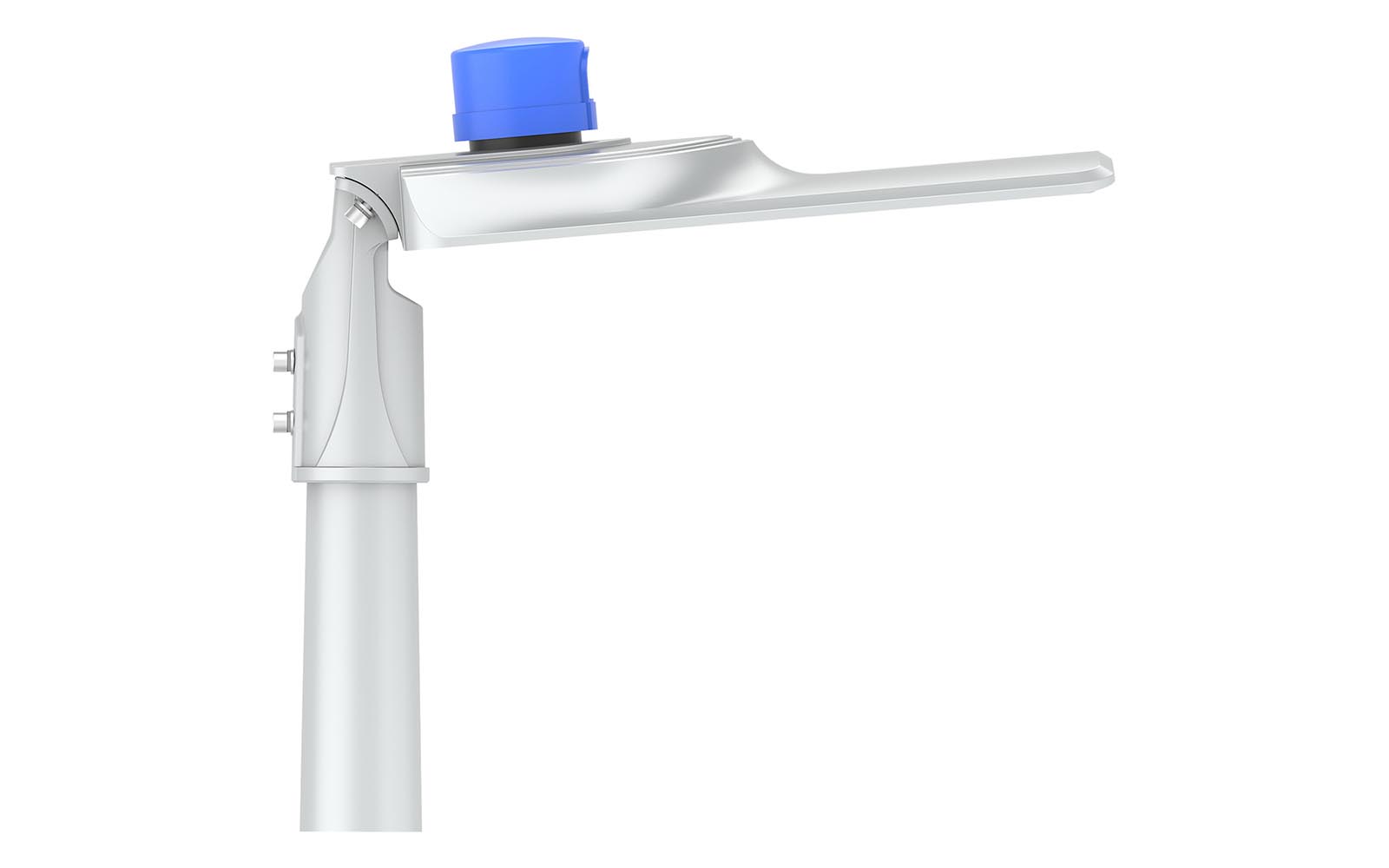
Timer Dimming
Timer dimming allows for the reduction of streetlight brightness during specified times, such as periods of low traffic or late-night hours. A timer controls the dimming or switching off of lights during these off-peak hours, optimizing energy use while ensuring sufficient lighting remains for safety.
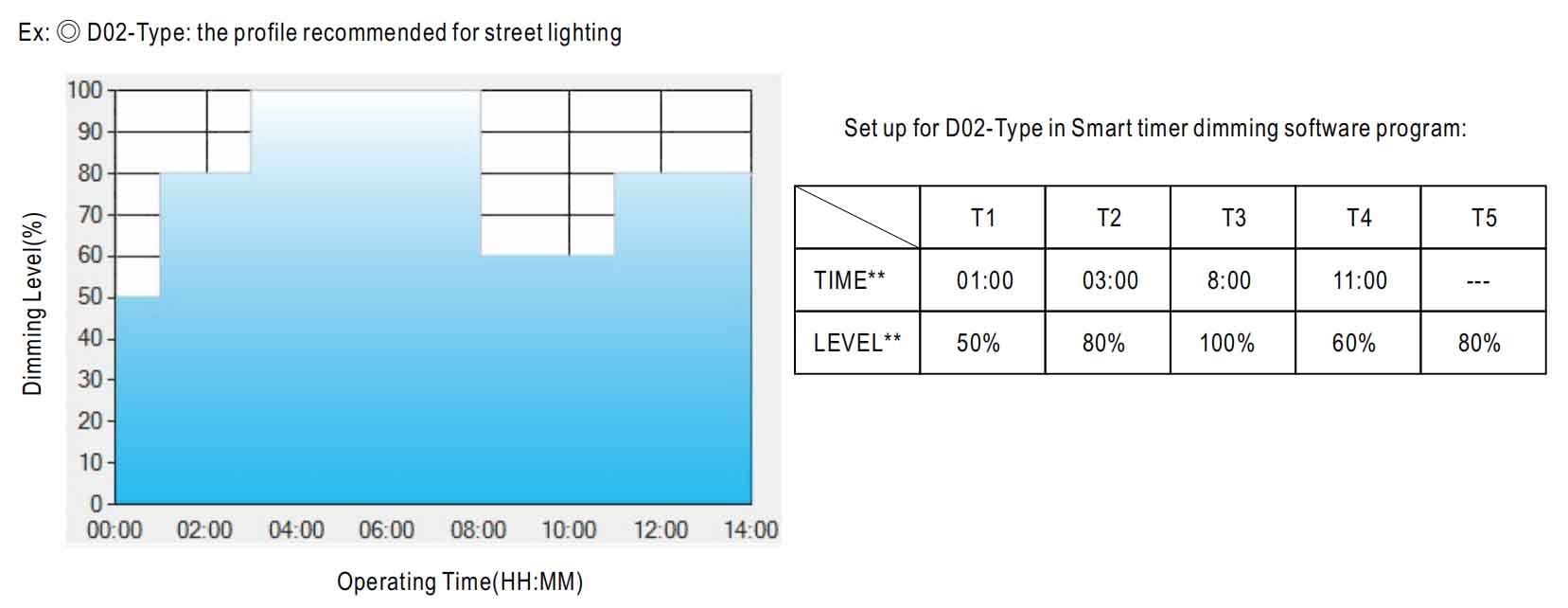
Intelligent Dimming with Smart Controllers
This sophisticated system allows for the dynamic adjustment of streetlight brightness in real-time. Utilizing sensors or algorithms, the lights automatically modify their intensity based on various factors such as traffic density, time of day, or prevailing weather conditions. This approach not only conserves energy significantly but also supports remote management, enabling finer control over the lighting system.
Motion Sensors
Motion sensors enhance streetlight functionality by adjusting the brightness based on detected movement. For instance, lights might remain dim until motion triggers them to brighten, providing an efficient way to conserve energy in areas with sporadic traffic while maintaining safety during periods of activity.
Wireless Communication Systems
Wireless communication systems allow streetlights to interact with each other and with a central control system without physical connections. This network of connected devices enables cities to oversee, control, and tailor lighting settings remotely, improving both control and operational efficiency. Additionally, these systems can support advanced features such as smart dimming, motion detection, and real-time analytics for superior lighting management.

Each of these controls has distinct benefits, and the optimal choice depends on various factors such as budget, the size of the area, and the level of automation desired.
Pros and Cons of Different Street Lighting Controls
1. Traditional Switches
Advantages:
- Cost-effective: Traditional switches are affordable and straightforward to install.
- Simple operation: They are easy to operate and do not require advanced technology or ongoing maintenance.
Disadvantages:
- Lack of automation: Requires manual operation to turn lights on and off, which can be inefficient.
- Increased energy consumption: Lights often remain on unnecessarily, leading to higher energy costs.
- Limited functionality: No options for dimming or adjustments based on traffic or time variations.
2. Photocells (Dusk to Dawn)
Advantages:
- Automated operation: Automatically activates lights based on daylight conditions, removing the need for manual control.
- Energy savings: Only operates lights during darkness, helping to minimize energy wastage.
- Low maintenance: Photocells generally require minimal upkeep once installed.
Disadvantages:
- Limited control: Operates solely on ambient light levels without the ability to adjust for specific conditions like traffic flow or weather.
- Sensitivity to obstructions: Can be prone to errors if blocked or dirty, potentially triggering lights at inappropriate times.
- No dimming function: Lacks the capability to dim lights, which could further reduce energy use.
3. Timer Dimming
Advantages:
- Energy-efficient: Reduces light output during low-traffic times, which decreases energy use.
- Cost-effective: Timers are relatively inexpensive to implement and maintain.
- Customizable: Allows for the programming of lighting schedules tailored to typical traffic patterns.
Disadvantages:
- Limited flexibility: Operates on a preset schedule, which does not account for unexpected changes in traffic or weather.
- Rigidity: Changes in traffic patterns require manual adjustments to the timer settings.
- Safety concerns: Dimmed lighting might compromise visibility, potentially decreasing safety during certain periods.
4. Intelligent Dimming with Smart Controllers
Advantages:
- Real-time adjustments: Automatically modifies brightness based on traffic flow, weather conditions, or time of day, enhancing both efficiency and safety.
- Energy efficiency: Drastically reduces energy usage by adjusting light brightness to the necessary levels.
- Remote management: Allows for centralized control and monitoring, streamlining management and cutting down on maintenance costs.
Disadvantages:
- Higher initial investment: The upfront cost for smart controllers and their underlying technology can be significant.
- Complex installation: Requires a more sophisticated infrastructure and a deeper level of technical expertise.
- System reliability: Potential for technical difficulties or connectivity issues that could interrupt service.
5. Motion Sensors
Advantages:
- Energy conservation: Lights increase in brightness only when motion is detected, saving energy in areas with low activity.
- Enhanced safety: Automatic brightening upon detecting activity improves visibility and security.
- Versatility: Works well alongside other lighting systems like dimmers or timers to maximize efficiency.
Disadvantages:
- Sensor sensitivity: Risk of false activations or failures, causing lights to operate incorrectly.
- Coverage limitations: Detection range may be restricted, requiring multiple sensors for larger areas.
- Variable lighting levels: May result in extended periods of dim lighting in low-activity zones, posing safety risks.
6. Wireless Communication Systems
Advantages:
- Centralized management: Enables remote monitoring, adjustments, and diagnostics of lighting systems from a central location, enhancing operational efficiency.
- Instantaneous updates: Quick detection of issues such as bulb outages or system failures, facilitating more effective maintenance.
- Expandability: Easily adaptable, allowing for future growth with additional lights or enhanced features.
- Integration of advanced technologies: Supports sophisticated functionalities like smart dimming, motion detection, and environmental sensing.
Disadvantages:
- Initial cost: Installation of wireless infrastructure and software involves a significant upfront expenditure.
- Operational complexity: Necessitates a higher level of technical expertise for installation, management, and maintenance.
- Network reliance: Performance may be compromised by issues in the wireless network, such as interference or technical disruptions.
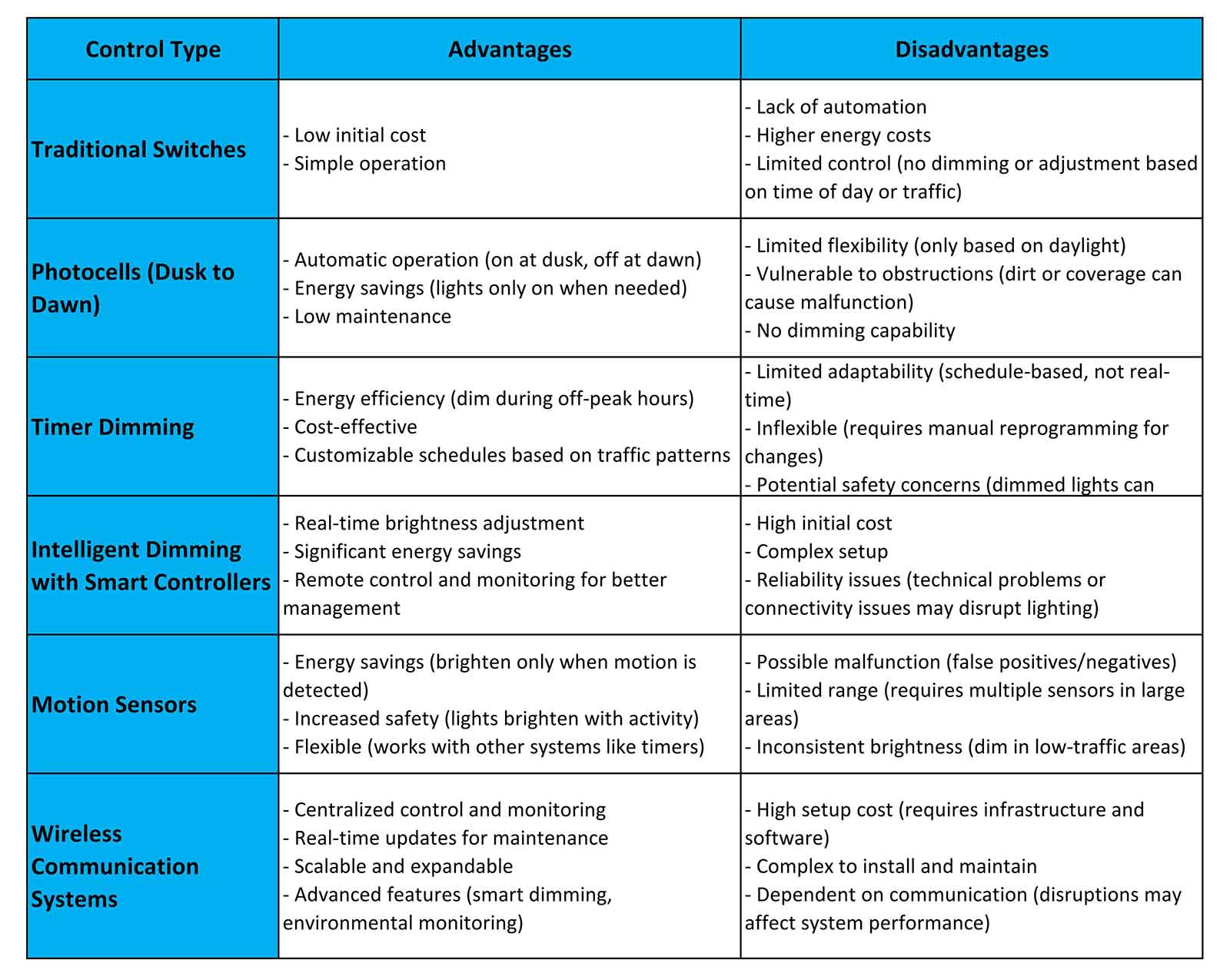
Advantages and Disadvantages of Different Street Lighting Controls
Each street lighting control system has its own set of advantages and disadvantages, with the optimal choice depending on factors such as budget, existing infrastructure, energy efficiency goals, and desired automation levels. For municipalities seeking cost-effective solutions, systems like photocells or timers may be ideal, while more sophisticated setups such as intelligent dimming and wireless communication systems are better suited for areas focused on minimizing energy consumption and enhancing management efficiency.
Group vs. Individual Control in Street Lighting
Street lighting control systems can generally be divided into two categories: Group (segmented) control and Individual control, each suited to different urban planning needs.
Group (Segmented) Control
Group control manages clusters of streetlights collectively. This method is frequently employed in places like Europe, where streetlights are organized by location or type of area (such as residential areas, highways, or parks).
Advantages:
- Cost-effective: Installation and maintenance are generally less expensive than individual control systems.
- Simplified management: Managing groups of lights reduces the complexity and logistical challenges.
- Energy efficiency: Allows for broad adjustments, such as dimming lights in an entire area during periods of low traffic.
- Scalability: Particularly effective for large-scale applications across extensive urban or suburban areas.
Disadvantages:
- Limited customization: All lights in a group follow the same control, reducing the ability to make location-specific adjustments.
- Generalized control: Maintenance or changes affecting one light might necessitate adjustments to the entire group, even if the issue is isolated.
Individual Control
Individual control allows for the management of each streetlight separately. This approach is more common in the USA, where each light can be individually connected and adjusted in real-time based on specific conditions (e.g., traffic volume, weather changes).
Advantages:
- Detailed control: Each light can be individually adjusted, which maximizes efficiency and tailors lighting to specific needs.
- Greater flexibility: Individual lights can be serviced or modified without impacting the broader network.
- Optimal energy conservation: More precise control means lights can be dimmed or turned off in inactive areas, leading to significant energy savings.
- Immediate issue detection: Problems with individual lights are quickly identified and addressed, enhancing maintenance responsiveness.
Disadvantages:
- Increased costs: Higher installation and maintenance expenses due to the need for individual controllers for each lamp.
- Complex administration: Managing a large network of independently controlled lights can be demanding and resource-intensive.
- Reliability challenges: The complexity of the system may lead to more frequent technical issues, and overseeing such an expansive setup often requires specialized oversight.
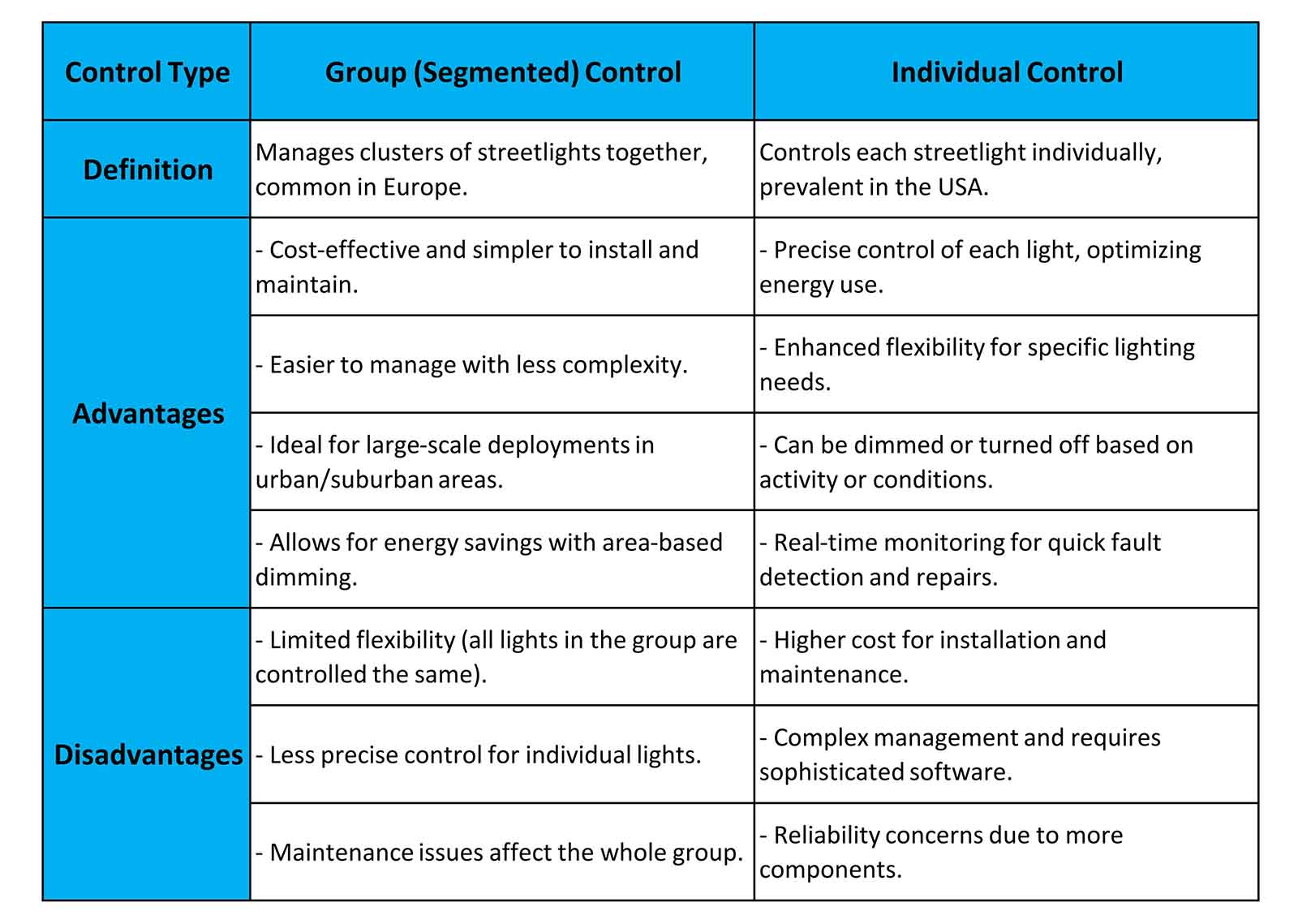
Group vs. Individual Control in Street Lighting
Standardization and Features in Street Lighting Control Systems
Many street lighting control systems adhere to industry standards to ensure compatibility, reliability, and safety across different manufacturers and geographic regions. Two prevalent standards are ANSI C136, predominantly used in North America, and Zhaga Book 18, which is more common in Europe and Asia. These standards ensure that various components like drivers, controls, and fixtures are interoperable and can be seamlessly integrated into existing infrastructures.
Key features typically included in street lighting control systems encompass:
- Remote Monitoring and Control: Facilitates real-time observation of streetlight performance, minimizing the need for physical inspections and enabling quicker responses to any issues.
- Dimming and Scheduling: Allows lighting adjustments based on the time of day, traffic volumes, or environmental conditions, aiding in energy reduction.
- Fault Detection and Alerts: Identifies system faults or failures automatically and notifies maintenance teams, ensuring swift repairs.
- Adaptive Lighting: Modifies lighting levels in response to real-time data such as traffic density, weather conditions, or pedestrian presence, optimizing energy usage while maintaining necessary illumination.
- Energy Management: Integrates with broader smart city frameworks to monitor and regulate energy use, supporting sustainability initiatives and lowering operational expenses.
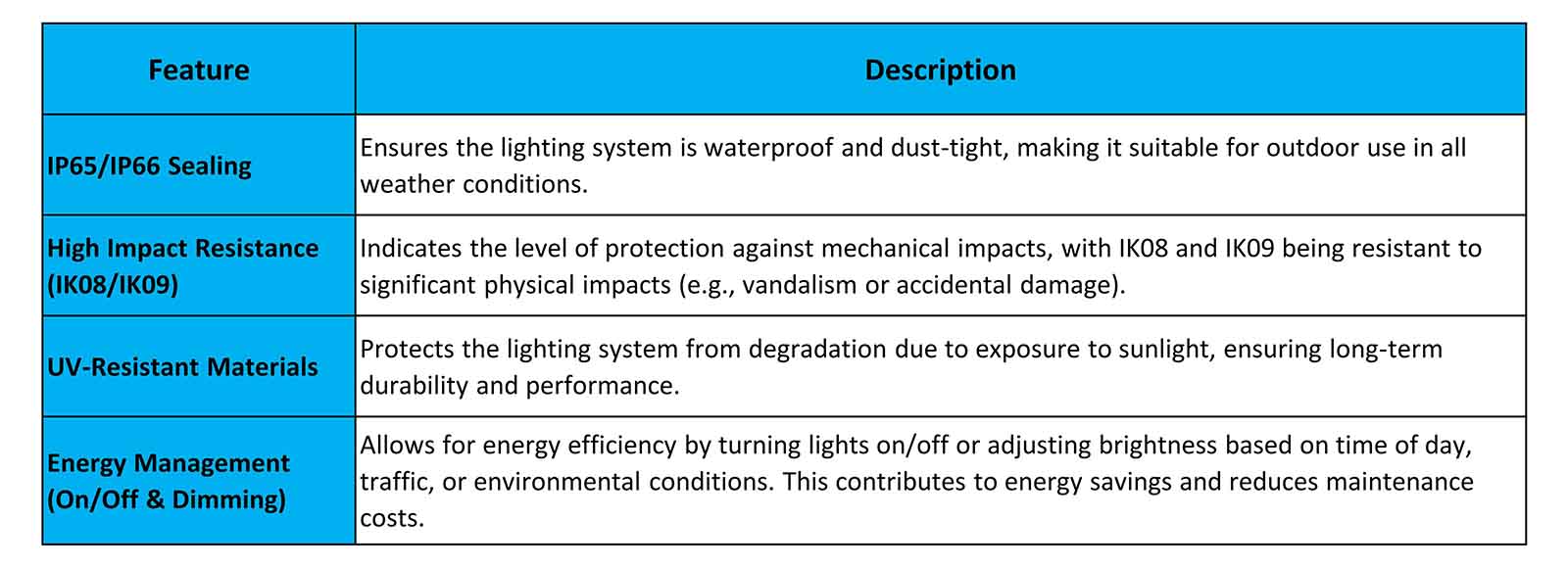
Standardization and Features in Street Lighting Control Systems
These features ensure that contemporary street lighting control systems not only comply with safety and environmental standards but also boost energy efficiency and prolong the lifespan of the lighting infrastructure. By adopting these standards, municipalities can incorporate advanced control systems that provide significant functional and economic advantages.
How to Choose the Right Street Light?
Selecting the appropriate street light begins with understanding the specific environment you aim to illuminate. Consider factors such as the layout of the streets, pedestrian traffic, and the required level of brightness. LED lights are the preferred option due to their energy efficiency, long service life, and high luminosity. For areas with considerable foot traffic, it’s crucial to ensure that the lighting provides uniform illumination, which can be determined by the Coefficient of Utilization for street lighting. Additionally, make sure your lighting system complies with relevant street lighting standards to meet legal obligations and ensure public safety. Opt for lighting solutions that facilitate easy maintenance and allow for future enhancements.
What is the Most Efficient Street Lighting?
LED-based systems represent the pinnacle of street lighting efficiency. LEDs consume significantly less energy than traditional options such as sodium vapor or halogen lights. Their efficiency is quantified by lumens per watt (lm/W), with modern LEDs achieving efficiencies exceeding 200 lm/W, thereby substantially lowering energy use. Furthermore, LEDs boast an extended lifespan of up to 100,000 hours, resulting in fewer replacements and reduced maintenance costs. When choosing efficient street lighting, consider additional features like dimming capabilities, motion sensors, and automated control systems, which further decrease energy consumption during less active hours. Selecting the correct street light control system is essential for maintaining optimal lighting while minimizing energy wastage.
What is the Required Lux Level for Street Lighting?
The necessary lux level for street lighting varies depending on the type of street and its environment. Residential areas generally need a lux level of about 10-20 lux, while commercial zones may require 30-50 lux. Major highways or busy roads could necessitate up to 75-100 lux to ensure adequate visibility and safety. Accurately calculating these lux levels using the appropriate street light calculation formula is crucial to provide sufficient lighting without excess, which could lead to energy waste. A well-designed street lighting system will achieve consistent illumination while complying with local norms and standards.
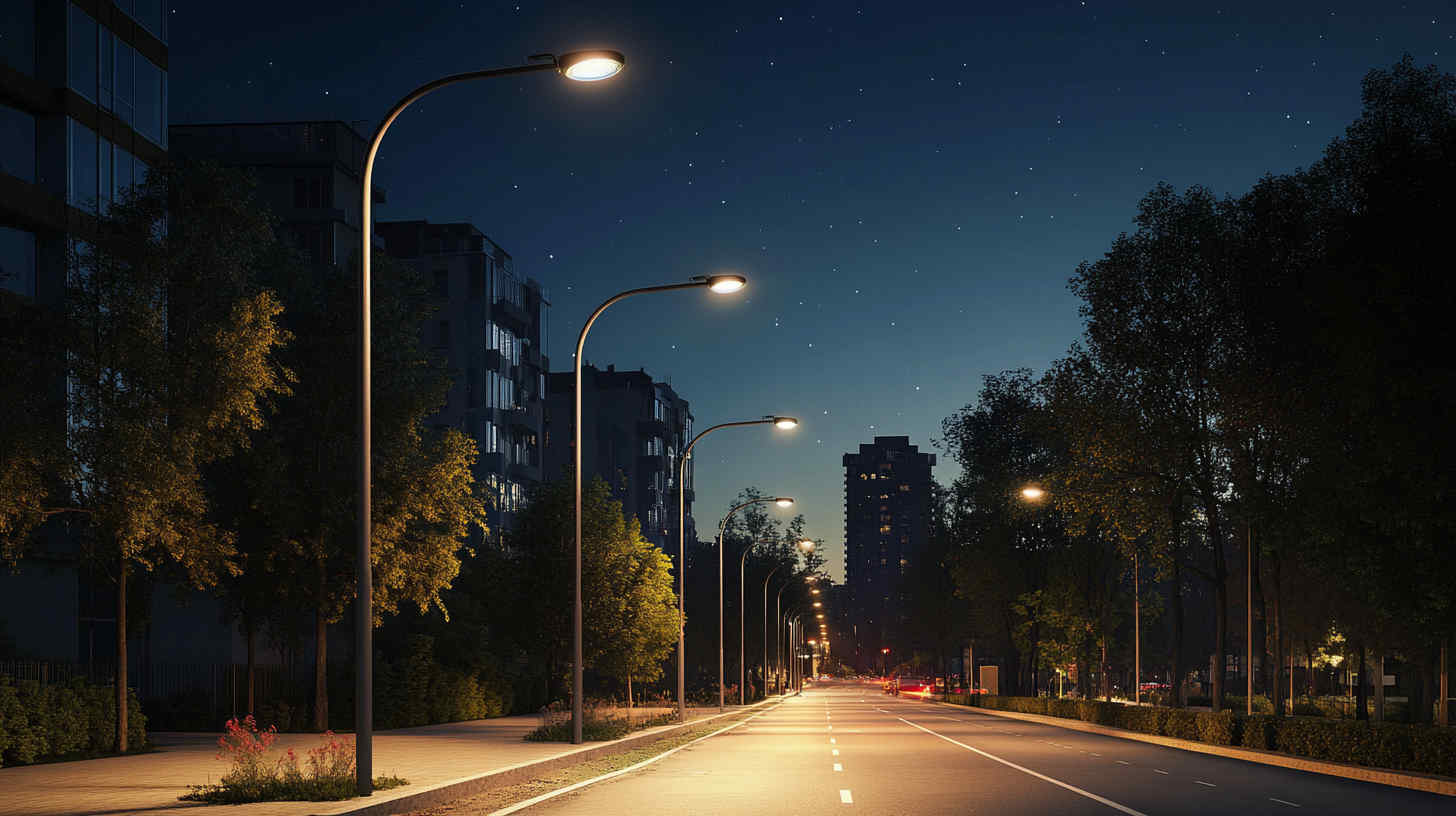
Do Street Lights Use a Lot of Electricity?
Street lights are substantial consumers of energy, particularly older models. Traditional sodium vapor lamps and halogen lights tend to be less energy-efficient, consuming more electricity. On the other hand, modern LED street lights significantly reduce power consumption, using about 50-70% less energy than their traditional counterparts, which can lead to considerable savings on energy bills for municipalities. Additionally, integrating smart controls like motion sensors and timers can further decrease energy usage by dimming or turning off lights when they’re not necessary. Opting for an energy-efficient lighting control system and maintaining regular upkeep ensures that your city consumes only the necessary amount of electricity for public safety.
What is the Lifespan of a Street Light?
The lifespan of a street light can vary based on the technology it employs. Traditional street lights, such as sodium vapor and halogen lamps, generally last between 15,000 to 25,000 hours. Conversely, LED street lights offer a significantly extended lifespan, ranging from 50,000 to 100,000 hours. This extended durability means fewer replacements, reduced maintenance costs, and a lower environmental footprint. Additionally, LEDs maintain consistent brightness throughout their lifespan, unlike traditional lights that tend to diminish in luminosity over time. The longevity and sustained performance of LED street lights make them a preferred choice for sustainable urban lighting solutions.
Why Are Street Lights On All Night?
Street lights are typically left on throughout the night to enhance public safety, visibility, and security. Many cities rely on street lighting to prevent accidents, deter criminal activity, and protect pedestrians and motorists. However, with advancements in technology, modern street lighting systems can now incorporate intelligent controls that allow lights to be turned off during low-activity periods or to be dimmed when less illumination is required. This adaptability helps conserve energy while still providing the necessary lighting. Smart lighting controls, such as adaptive lighting systems, automatically adjust light intensity based on traffic patterns or the time of day, optimizing both safety and energy efficiency.
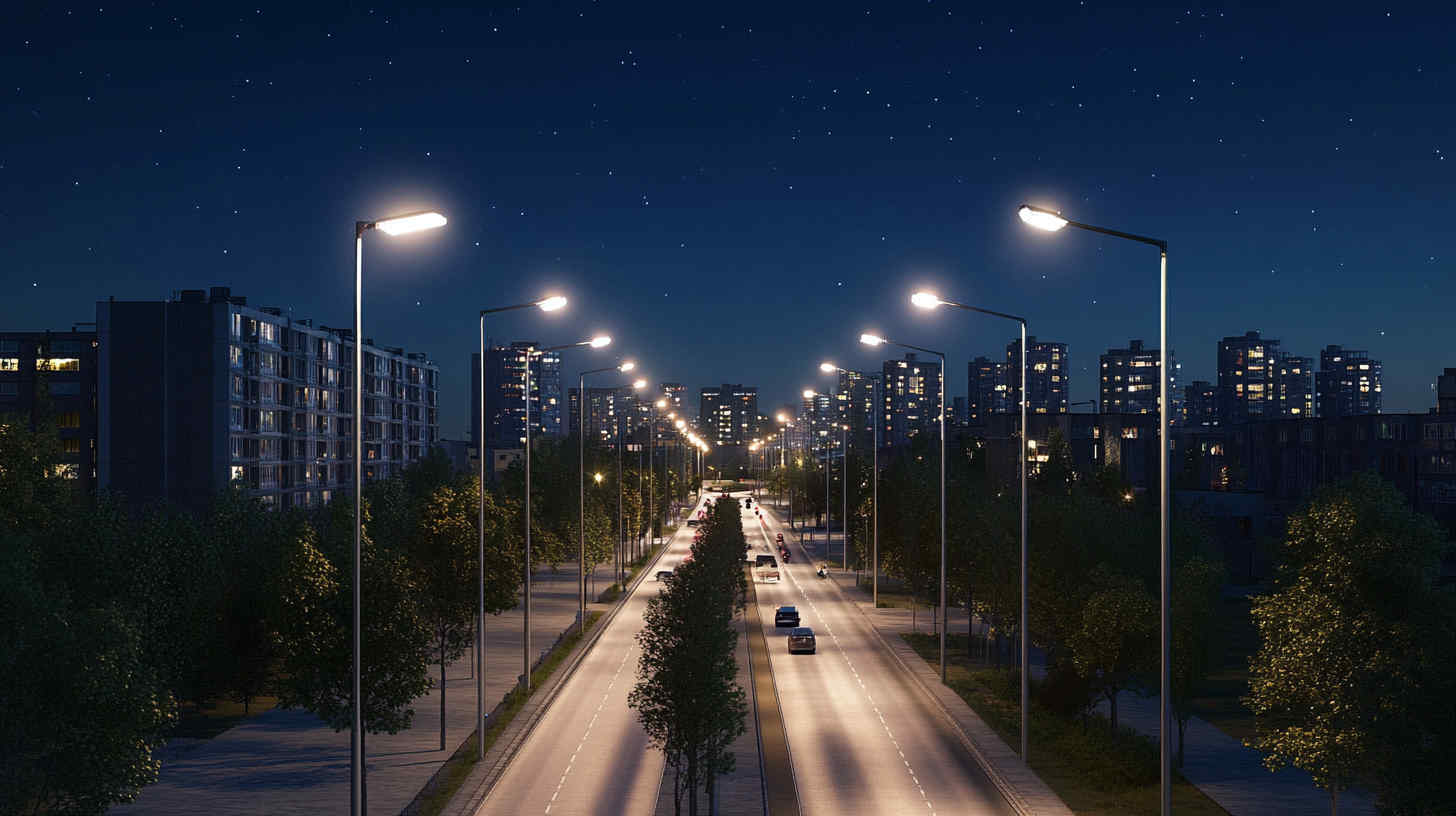
Conclusion
Selecting the optimal street lighting control system for your city is essential for achieving a balance between energy efficiency, safety, and cost-effectiveness. By opting for energy-efficient lighting solutions, ensuring appropriate lux levels, and incorporating smart controls, cities can decrease energy usage while improving public safety. Adopting the right strategy not only enhances the quality of life for residents but also contributes to environmental sustainability and significant cost reductions.
If you need assistance with lighting controls or have any questions, please feel free to contact us directly. Our team of expert lighting specialists is ready to provide support and guidance.
Request A Free Quote Now!
Send us a message if you have any questions or request a quote. We will get back to you ASAP!



